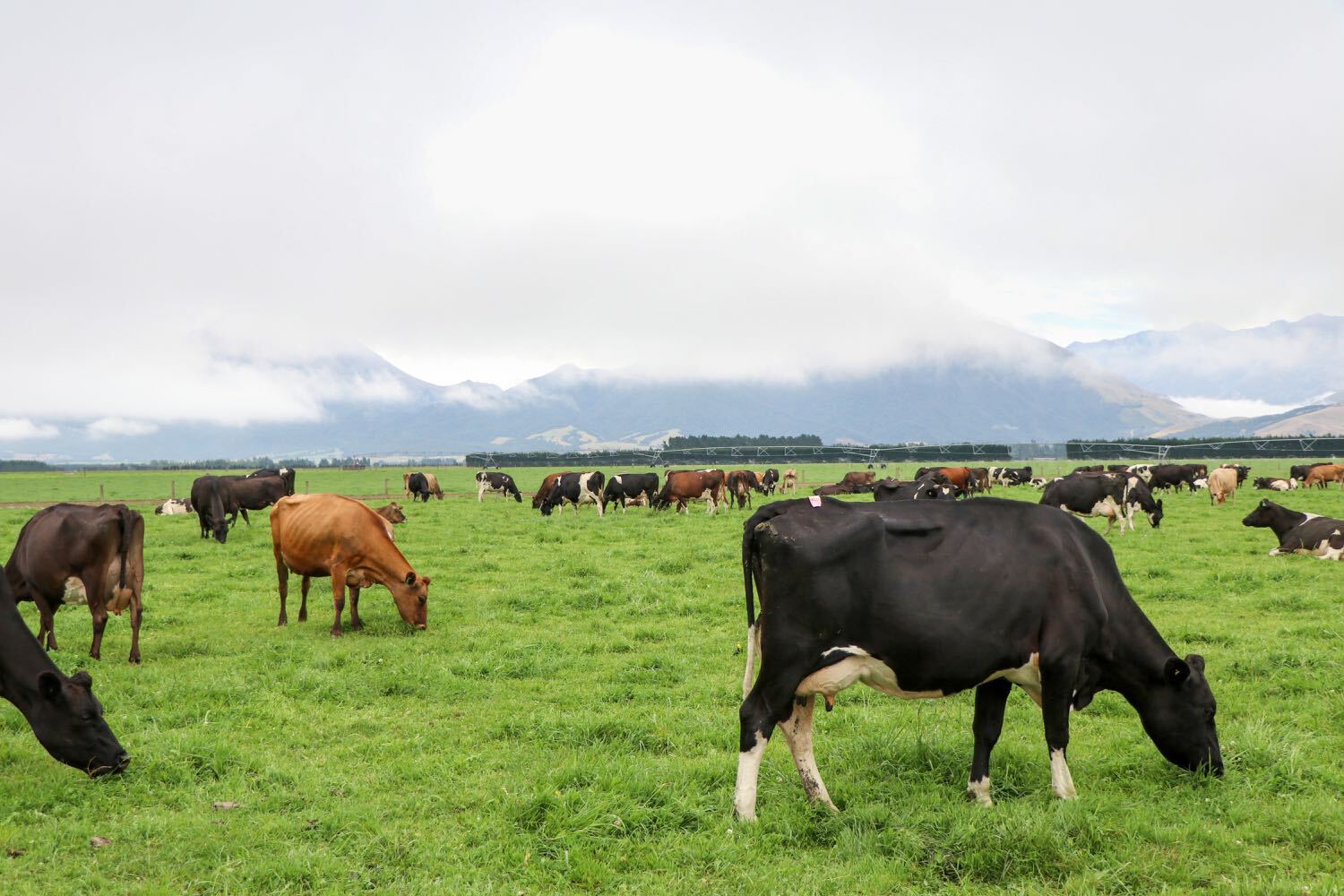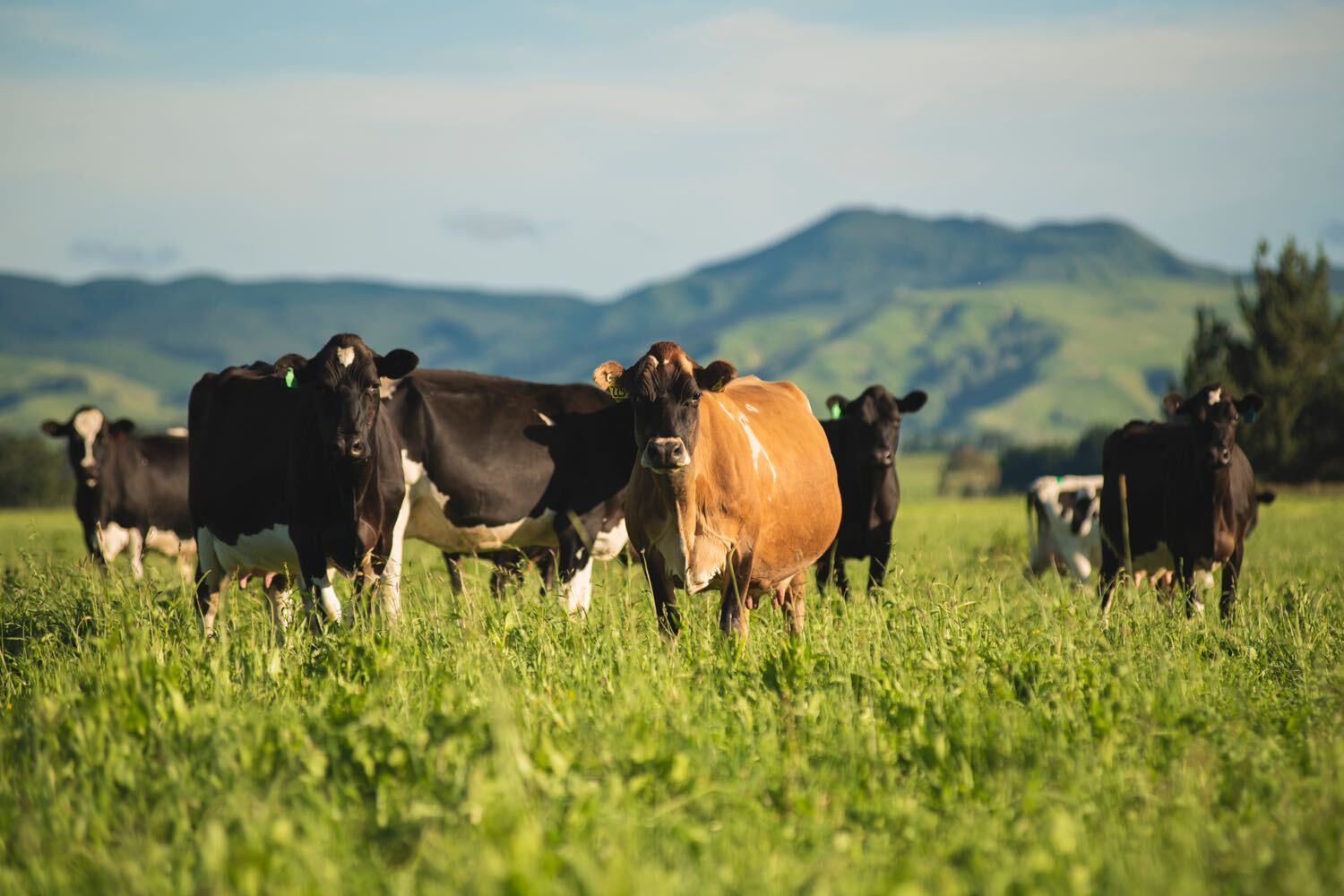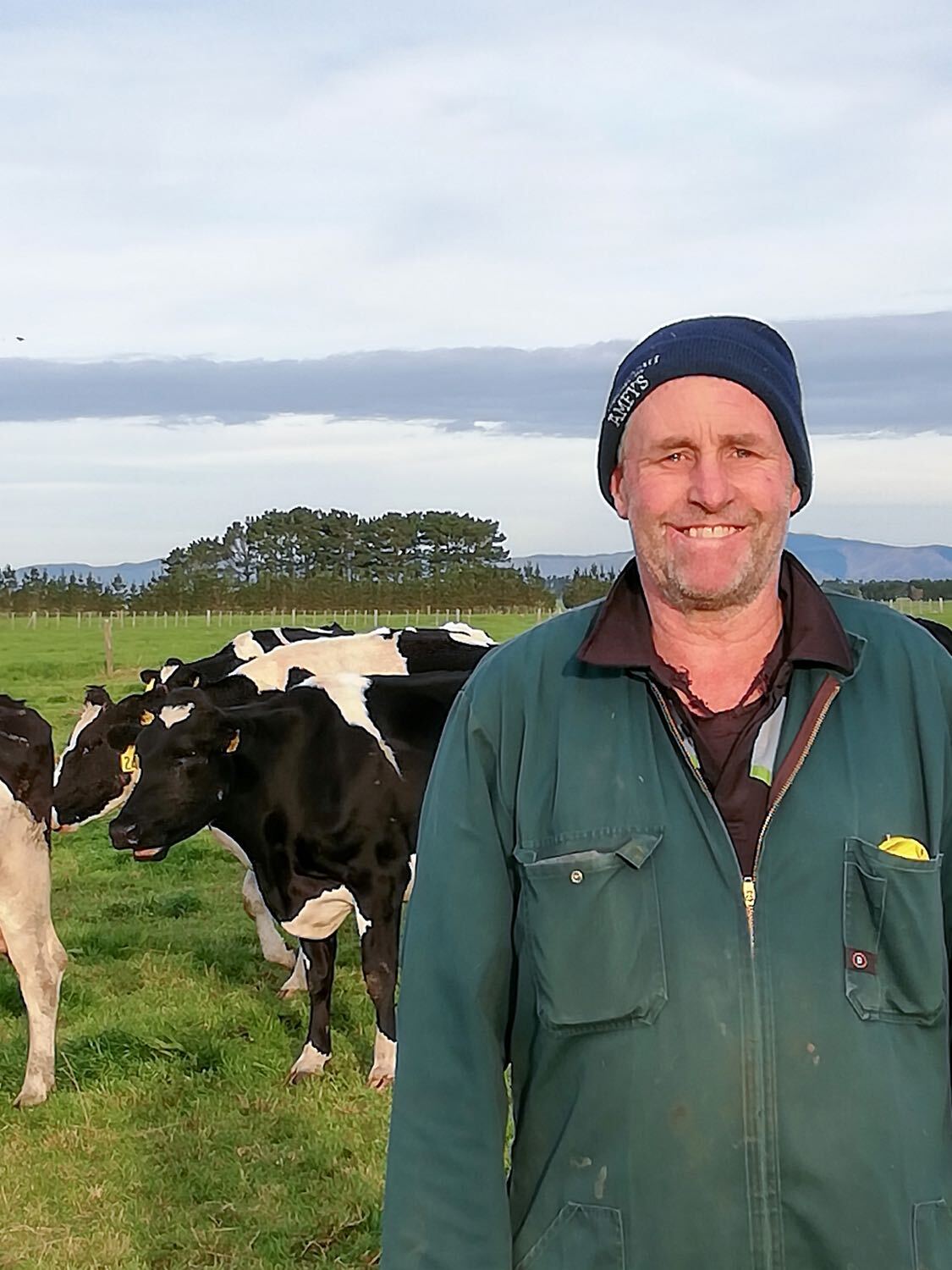Dairy farmers in New Zealand are gradually preparing for their annual moment of peak labour. The new calving season is due to start at the end of July. Approximately 90% of New Zealand’s dairy herds will calf in the period up to October. ‘Our system in New Zealand is based on a very high intake of fresh grass’, says James Smallwood, who has been at the head of CRV Oceania since August 2020. ‘Cows here graze twelve months a year. They calve at the moment the grass starts to grow again.’
Grass plays a key role in the dairy farming sector in New Zealand. The aim of many dairy farmers is maximum milk production using their own grassland with minimal costs. As early as the 1980s, the government stopped granting subsidies to the agricultural sector. ‘That significantly drove growth in herd sizes. Many former sheep farms transitioned to dairy farming because cows were more profitable than sheep’, James Smallwood explains. Consequently, there was a steep rise in the number of cows, from about 2.3 million dairy cows in the mid-1980s to around five million today. In fact, New Zealand has almost the same number of dairy cows as inhabitants.



